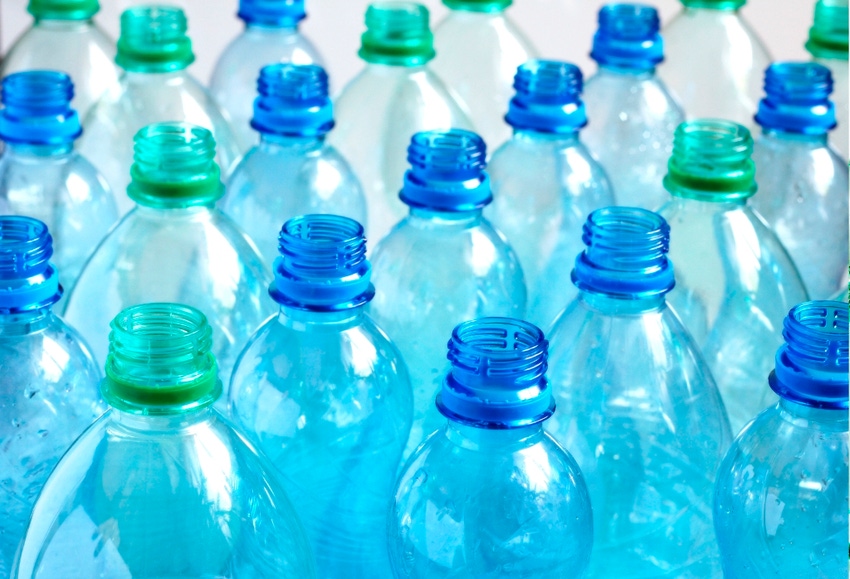There seems to be little signs of a green hangover when it comes to sustainable packaging, as the segment continues to grow.The global market for sustainable packaging is predicted to reach $142.42 billion by the year 2015, according to a report by the Global Industry Analysts.While green plastic packaging is ripe with potential, industry experts discussed with PlasticsToday marketing challenges and opportunities for the sector.
March 13, 2012

There seems to be little signs of a green hangover when it comes to sustainable packaging, as the segment continues to grow.
The global market for sustainable packaging is predicted to reach $142.42 billion by the year 2015, according to a report by the Global Industry Analysts.
While green plastic packaging is ripe with potential, industry experts discussed with PlasticsToday marketing challenges and opportunities for the sector.

Education is key
Dennis Salazar, president and co-founder of Salazar Packaging Inc., writes about sustainable packaging on his own blog, Inside Sustainable Packaging. He said one problem the plastic packaging industry faces is that of consumer perception.
"We see this all the time, and there is no doubt that there is a segment of the population that is so 'anti-plastic' that they would not accept any form of plastic packaging product and is extremely skeptical of any green claims we may make," Salazar said. "Unfortunately, this is a problem with a long history and the only possible solution - education, will take even more time to correct this negative perception."
JoAnn Hines, also known as the Packaging Diva, is a freelance expert and consultant, specializing in the packaging industry. She said when it comes to sustainable and green plastic packaging; some consumers do not understand the message.
"Consumers are not being educated by companies about the differences between the various types of materials," she said. "The problem is the industry does not educate the consumer about what the packaging does, why we need it, and what you should do with it. There is a disconnect."
Hines said the industry must do a better job of getting in front of the consumer and educating them about sustainable packaging. One important way, she said, is reaching out to children at schools, and helping them understand what it means to recycle a package and turn it into other products, along with teaching them about how composting truly works.
Misleading claims
Many consumers are familiar with greenwashing, which is a term used to describe the act of misleading consumers regarding the environmental practices of a company or the environmental benefits of a product or service.
Salazar said as some companies scrambled to gain its share of the green market pie, claims were exaggerated and, in some cases, facts were outright distorted in its messaging.
"There is no doubt some plastic packaging manufacturers have taken advantage of consumer ignorance to imply a level of greenness to a product that simply does not hold up under closer scrutiny," Salazar said. "In many cases, however, the greatest sin is the sin of omission and simply not providing all the information to the consumer to enable them to make an intelligent and informed decision."
One example he cited is when products are promoted as "biodegradable" without an explanation. How does a product degrade, under what circumstances, what happens to the plastic as it degrades, and how long will it take are details deliberately left out of some green marketing campaigns, he said.
Salazar said while he thinks this issue has improved domestically, the problem is much bigger than just American manufacturers.
He recently attended an International Housewares show, where about 90% of the products were made overseas.
"I am sorry to say that greenwashing is rampant and that we saw a number of products being sold as eco-friendly PETE or RPET but sure looked like PVC to me," he said. "In spite of third party verification and other policing efforts, as long as domestic importers conveniently turn a blind eye to misrepresented sustainability claims and focus on price, overseas manufacturers will continue to be free to make any claims they feel the U.S. market will buy and not be under any obligation to prove them."
The importance of packaging design
When Biopac launched its new 100% compostable cup, the company wanted the package to do the talking.
The cup states in bold printed graphics, "I'm a green cup."
Mark Brigden, technical director at Biopac, said that it was important to get the message across to the consumer that they are drinking from a cup that is environmentally responsible.
"The raw materials used to produce the cups are renewable, unlike conventional plastics, and because it is difficult to differentiate bioplastics from petroleum-based materials, we thought that the messaging should inform in a clear, succinct way," he said. "The green cup is a perfect example where the packaging design is used to highlight the green message."
Hines said the package design is where companies can really become creative and original, and an innovative packaging design can even change an industry.
"Smart, intelligent packages are the ones that interact with the consumers and tell them about what the product is inside and also educate," she said. "Innovation can literally influence what we buy."
Salazar said he believes the goal should not just be about minimizing packaging by making thinner bottles, using less resin, eliminating redundant layers of packaging, and so on, but it is important to look at reusability as the first and most desirable design objective.
"For many legitimate reasons, including energy and water conservation, disposable, single-use packaging has to give way to products that are 'reusable by design,'" he said. "I think that reusability is a very desirable packaging feature and I am confident designers will step up to the challenge and continue developing packaging products with longer life cycles able to be used multiple times at minimal cost and less harm to the environment."
About the Author(s)
You May Also Like



